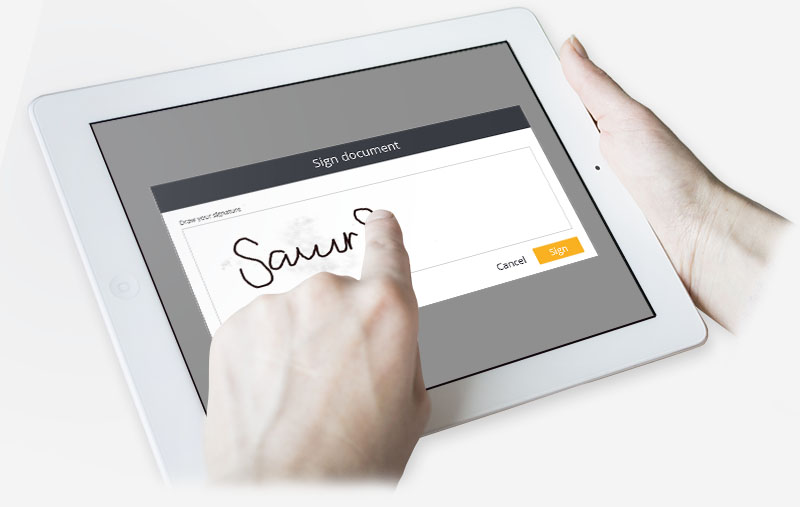Digital signatures are easily transportable, cannot be imitated by someone else, and can be consequently time-stamped. The capacity to ensure that the first signed message arrived means that the sender cannot easily repudiate it later. Testing strategies for electronic money expand on the legal requirements of customary agreements. Electronic and paper-based contracts have basic elements, the most significant of which is the signature requirement A signature is an imprint, including an electronic imprint, made with the intention of authenticating a document. A digital signature satisfies several roles, and each of these roles bolsters test cases. A digital mark assures integrity of correspondence by verifying that the document has not been altered and that the signer really exists.

Therefore, the digital signature meets the accompanying four conventional requirements:
- It is unable to be forged
- It tends to be authenticated
- It is unalterable
- It is nonreuseable.
Digital signatures use the private key/open key cryptography encryption process. Once encrypted, you can possibly read the message if you have a coordinating decryption key. Commonly, the open key is widely published with the goal that anyone can encrypt messages utilizing it. The private key that performs decryption is kept secret gia han chu ky so fpt. Technically, the digital signature is a message that uses an asymmetric cryptosystem and a hash work. A person that has the starting message and the signer’s open key can accurately determine whether the message used the private key that corresponds to the signer’s open key, and whether the underlying message has been altered since the change was made.
Accordingly, use of digital signatures typically involves two processes, one performed by the signer and the other by the receiver of the digital signature:
- Digital signature creation uses a hash result derived from and unique to both the signed message and a given private key. For the hash result to be secure there must be just a negligible plausibility that the same digital signature could be created by the mix of some other message or private key.
- Digital signature verification is the process of checking the digital signature by reference to the first message and a given open key, thereby determining whether the digital signature was created for that same message utilizing the private key that corresponds to the referenced open key.
Digital signatures differ from other types of electronic signatures, for example, an electronically-stored handwritten signature, in that it is composed of a unique sequence of bits. These bits identify a specific message from a specific individual or computer.